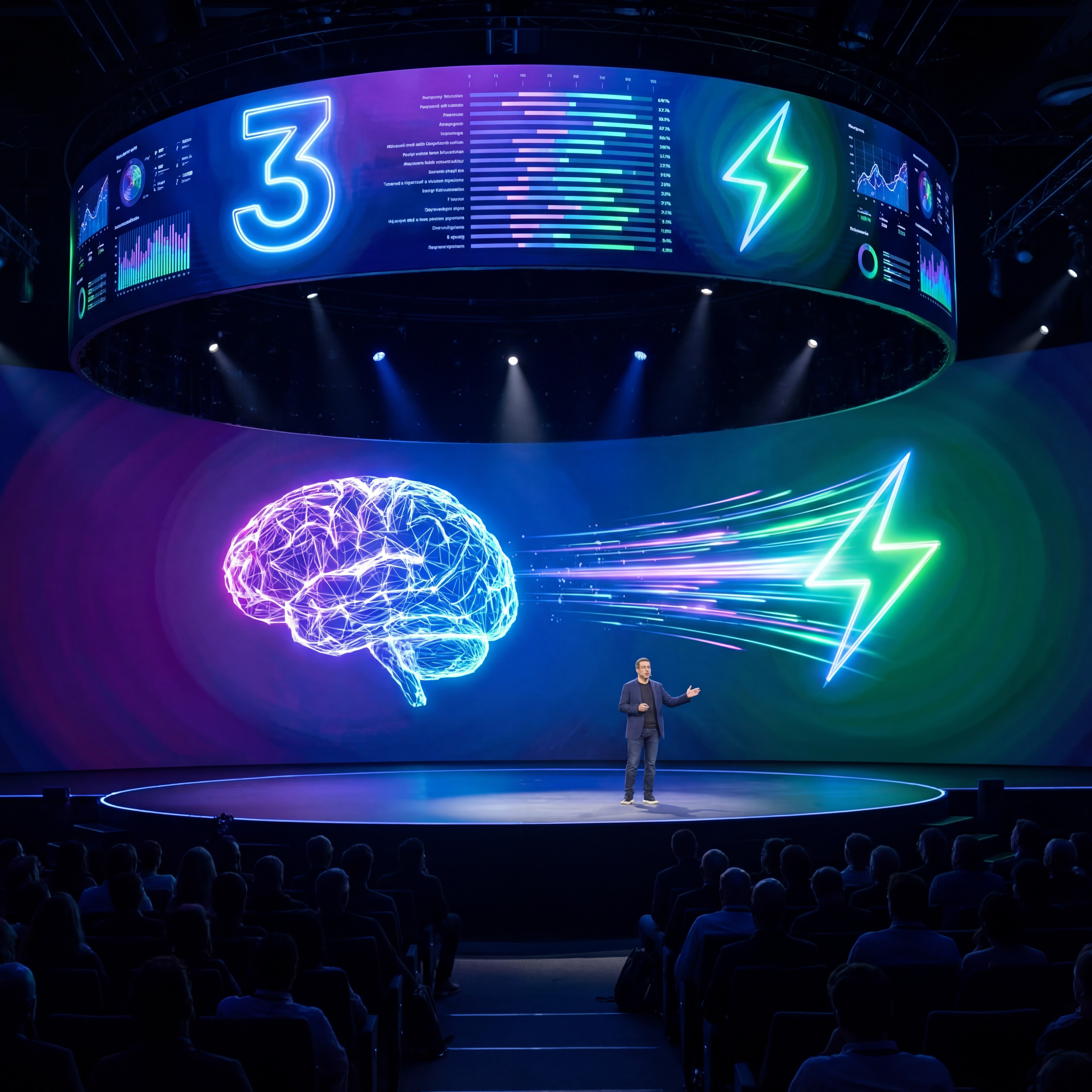Japan has once again redefined the future of global connectivity by setting a new world record for internet speed, achieving a mind-boggling 402 terabits per second. This achievement, the result of cutting-edge research and technological innovation, shatters the previous record that Japan itself held and places the country firmly at the forefront of high-speed communication infrastructure. This is not just an incremental improvement; it is a quantum leap that could shape the way data is transmitted, processed, and experienced in the decades to come.
The breakthrough was accomplished using advanced fiber-optic transmission technology. Unlike conventional fiber cables that typically use a small number of light paths, the team engineered a multi-core fiber structure, enabling hundreds of channels to transmit information simultaneously with incredible efficiency. Researchers also employed advanced optical amplification techniques and precise wavelength management to push the system far beyond current commercial capacities. The result is a single experimental setup capable of handling speeds that are over a million times faster than the typical home broadband connection.
To put 402 terabits per second into perspective, this speed could theoretically download the entire contents of Netflix, YouTube, or any large digital library in a fraction of a second. It opens up a future where bandwidth is no longer a limitation, where seamless streaming of 8K or even 16K content, real-time virtual reality, and instant large-scale cloud backups become an everyday reality. For industries, this kind of speed will transform fields like artificial intelligence, data analytics, weather modeling, genomics, and advanced manufacturing, where transferring and processing massive data sets is often a bottleneck.
Another critical aspect of this achievement is its potential impact on the next generations of mobile networks. As the world begins early experiments with 6G and beyond, backbone networks will need to carry unimaginable amounts of data from billions of devices. Technologies like this one pave the way for the massive data capacity that future global communication standards will require. Japan’s accomplishment shows what is possible when research and infrastructure planning move hand in hand.
The team behind this record-breaking milestone emphasized that the work was not just about setting numbers but about making the technology scalable and cost-efficient for eventual deployment. It involved innovations at every level: from designing new kinds of fibers that can carry multiple cores and modes of light without interference, to developing advanced error correction techniques that maintain reliability at high speeds, and creating energy-efficient amplifiers that can keep long-haul transmissions stable over thousands of kilometers.
Beyond the scientific achievement, the social and economic implications of such advancements are significant. Countries that lead in ultra-fast communication technologies stand to gain an edge in digital economies, cloud-based services, global financial networks, and future AI-driven systems. Japan’s focus on building these capabilities reflects its broader vision of creating a society deeply integrated with digital infrastructure—a vision often described as Society 5.0, where cyberspace and physical space merge to create new industries and ways of living.
This breakthrough also demonstrates the importance of international collaboration. Many of the technologies that enabled this record were built on global partnerships between academic institutions, government agencies, and private corporations. These relationships have been instrumental in advancing the optical communication systems that the entire world will eventually rely on. With global internet traffic growing exponentially due to video, cloud services, Internet of Things devices, and industrial automation, such innovations are critical to keeping up with demand.
While commercial adoption of 402 Tbps networks may still be years away, the lessons learned from this experiment will immediately influence how backbone and data center networks are designed. Companies that run massive global cloud services, content delivery networks, and financial systems are already looking to integrate aspects of these new fiber technologies into their infrastructure. In time, these breakthroughs will trickle down to consumers, who will see faster connections, lower latency, and more resilient networks.
Perhaps the most profound aspect of this announcement is the sense of possibility it creates. Just as the shift from dial-up to broadband reshaped the early internet, the eventual deployment of ultrafast fiber systems at these speeds promises a revolution in how we live, work, and interact with technology. In Japan’s laboratories today, the future of digital communication is being written, one terabit at a time. With 402 terabits per second now achieved, the limits of what is possible are once again being pushed beyond imagination, and the race to harness these speeds has only just begun.
NEVER MISS A THING!
Subscribe and get freshly baked articles. Join the community!
Join the newsletter to receive the latest updates in your inbox.





